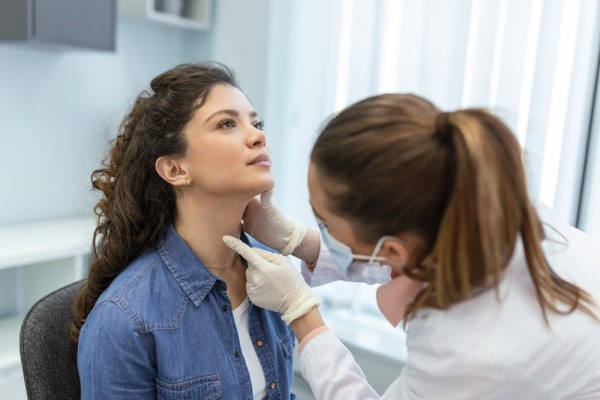Visiting a Nurse Practitioner at a Primary Care Office

People who are visiting the primary care office can either see a nurse practitioner or a physician. With the continually changing healthcare system, there is a growing demand for primary care services and a limited number of primary care providers. Nurse practitioners help to reduce the deficit by providing high-quality, cost-effective and patient-oriented health care.
Who is a nurse practitioner?
According to the American Association of Nurse Practitioners, nurse practitioners (NPs) are licensed, independent medical professionals with the primary goals of managing health conditions and preventing disease. NPs usually specialize in categories such as pediatrics, women’s health and adult-gerontological. They may also include areas such as cardiovascular health, oncology and dermatology.
What to expect when visiting a nurse practitioner
The scope of a nurse practitioner’s work has evolved over the years based on the changing health and social care demands of the society and system of healthcare delivery. When the patient comes into the primary care office, the nurse practitioner will perform the same routines and procedures as the primary care doctor would.
The NP will review and update the patient’s social, family and medical history, assess current medical conditions and concerns, request for necessary blood tests or scans and ensure that the patient is updated on vaccines and cancer screening procedures. Essentially, the nurse practitioner can plan and provide expert treatment to handle the patients' health needs and make necessary referrals to other members of the healthcare team as required.
Some of the competencies of the nurse practitioner include:
- Undertake a detailed and complex physical and mental health assessment of patients
- Interpret the results of different assessments and examinations to make a diagnosis, plan and provide healthcare accurately.
- Use treatments such as cognitive behavioral therapy on patients with mental health conditions
- Proficiently make ethical and proof-based choices and interventions in the face of complications and correctly assess and handle the risks related to those choices.
- Prescribe and help patients manage their medications
That is not all
Nurse practitioners can substitute for doctors, which is crucial seeing the increasing decline in general practitioners. In doing so, they ensure that patients visiting the primary care office can get treatment faster since there is no need to experience a delay before seeing a doctor. For example, they can assess a patient who suffers from an acute aggravation of a long-term health condition such as asthma, which includes taking the patient’s relevant history and performing a chest examination.
They will interpret the examination results, decide the severity of the aggravation, and afterward, depending on severity and risk assessment, prescribe the appropriate medication. The patient can then be monitored at home based on the response and reevaluated regularly, or given a referral. The nurse practitioner will also work to help the patient understand the condition, cause and prevention. This is helpful for the patient and averts needless referral to the doctor, allowing the doctor to focus on patients with more complex medical needs.
Final note
There is a minimal legal restriction on the duties of a nurse practitioner. In primary care offices, they develop long-term relationships with the patients and help them stay in good health. Visiting a nurse practitioner also prevents needless referral and delayed care, ensuring that patients have access to prompt treatment.
Request an appointment here: https://www.janeylhammonsnpc.com or call Janey L Hammons NP-C at (580) 922-4406 for an appointment in our Seiling office.
Check out what others are saying about our nurse practitioner services on Yelp: Nurse Practitioner in Seiling, OK.
Recent Posts
Women's health exams help ensure overall health while screening for conditions and health risks. Not only will the doctor help with any current symptoms, but they can also screen for conditions like breast and cervical cancer in otherwise healthy patients. Despite the importance of these exams, it is common to feel uncomfortable about receiving them.…
Adult sick visits help with sudden medical needs in between checkups. Mild to moderate illness or injury does not always get better with home care alone. When this happens, adult sick visits can help people feel better faster and get back to their lives.Adult sick visits are appointments patients make with a doctor when they…
Sports physicals, or preparticipation physical evaluations (PE), are necessary to ensure a young athlete's safety when performing their chosen sport. Though they may seem intimidating, these evaluations can greatly improve athletes' chances of qualifying for their desired sport and help them better adjust to pain points within their performance and body. Learning what to expect…
A general practitioner, or GP, can help patients with acute and chronic health conditions. They can provide referrals to specialists and other healthcare providers, as well. Learn about the many services you can find at a general practitioner’s office.General practitioners are often referred to as primary care providers, or PCPs, as they serve as a…


